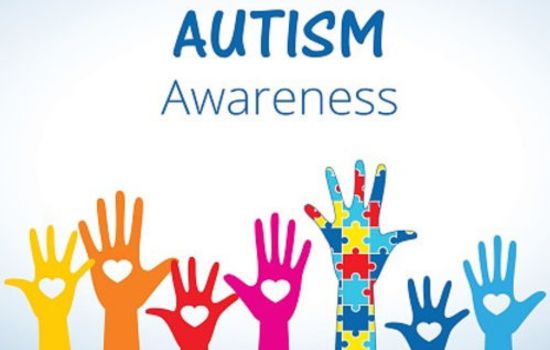Within the field of neuro diversity autism spectrum disorder (ASD) is a complex and mysterious condition that is frequently misinterpreted but has a significant impact on the lives of individuals affected. We set out on a path of understanding acceptance and ultimately gratitude for the distinct perspectives this spectrum gives as we navigate its complexities.
Table of Contents
Unraveling the Myths:
Despite recent increases in understanding, myths regarding autism continue to exist. The idea of a single, prototypical autistic person a child rocking back and forth in solitude is one common misconception. But autism resists such oversimplified descriptions. It impacts individuals of different age’s genders and socioeconomic backgrounds, exhibiting a wide range of skills and difficulties.
Navigating Challenges:
Increasing awareness and educating people are essential to solving these problems. Through cultivating surroundings that welcome neurodiversity, we can establish inclusive settings where people with autism experience understanding, support, and value. To create understanding and acceptance empathy tolerance and an open mind are necessary.
Celebrating Differences:
A culture of perseverance inventiveness and innovation is fostered by the autism community. Advocates activists and artists on the autism spectrum question and disrupt social conventions, demolish stereotypes and reinterpret what it means to be normal.
A Call to Action:
It is our responsibility as advocates and supporters to elevate the voices of the autism community, destroy stigmas, and advance inclusive. Environments where differences are not only accepted but also celebrated are what we need to work toward to enable every person, regardless of neuro type, to grow and prosper.
Treatment plan for autism:
When treating autism spectrum disorder (ASD), a multidisciplinary approach is usually used with each patient’s unique requirements abilities, and problems taken into account. Here is a thorough rundown of the various treatment facets that are frequently seen in an autism management plan.
Early Intervention:
Improving results requires early diagnosis and intervention. Interventions can begin as early as childhood or infancy. Early intervention programs frequently prioritize the development of social, cognitive, and communicative abilities.
Behavioral Therapies:
These are some behavioral therapies that are effective in ASD.
Applied Behavior Analysis (ABA):
The goal of ABA therapy is to lessen problematic behaviors while teaching and rewarding positive ones. It entails segmenting work into manageable chunks and utilizing incentives to promote desirable habits.

Pivotal Response Treatment (PRT):
PRT aims to enhance behavior and communication in general by focusing on critical developmental domains including motivation and social initiation.
Verbal Behavior Therapy (VBT):
VBT focuses on the purpose of language and how it is utilized to effectively communicate to develop language and communication skills.
Educational Intervention:
Training in Social Skills:
Social skills training aids in the development of social communication abilities in people with autism, including the ability to recognize social signs, start and carry on conversations, and make friends.

Medication Management:
Although drugs don’t cure autism’s primary symptoms, they can be used to treat related disorders including anxiety, depression, ADHD, or violence. Prescriptions for medications are made based on each patient’s unique needs and are usually utilized in conjunction with a thorough treatment plan.
Parent Support and Education:
Parents are essential to their child’s care and can gain from autism education, behavioral technique training, and support groups.
It is noteworthy that every individual with autism is distinct, and interventions must to be tailored to target their particular strengths and challenges. To create and carry out a successful treatment plan, cooperation between parents, caregivers, educators, therapists, and healthcare professionals is essential.
Conclusion:
Autism Spectrum Disorder is more than just a diagnosis it’s a rainbow of experiences viewpoints, and opportunities. We can create a more accepting and compassionate world where diversity is not just accepted but valued as an essential component of our shared humanity via empathy, activism, and education.

